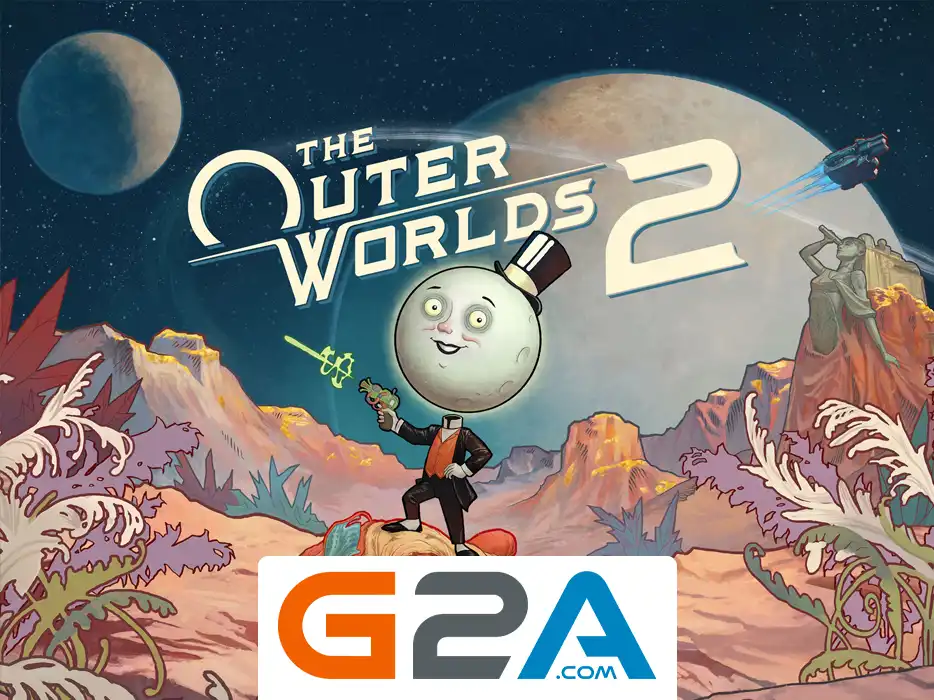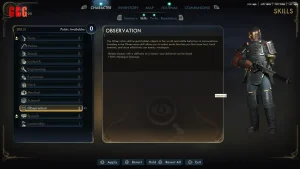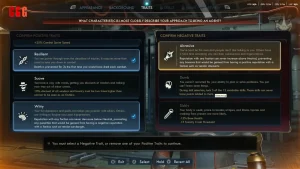An In-Depth The Outer Worlds 2 Review
The initial game in 2019 drew a mixed reaction; while fundamentally well-crafted, many players found its narrative beats and lore less than memorable. Now, in 2025, our early look for The Outer Worlds 2 review confirms that Obsidian's latest title aims to significantly build upon that foundation. Having explored this new sector of space, it's evident the sequel achieves what a worthy successor should, iterating powerfully on the original formula.
If you enjoyed the first game, this follow-up is superior and more robust, featuring tighter combat, a slightly more serious tone, and a substantial refinement of character progression systems.
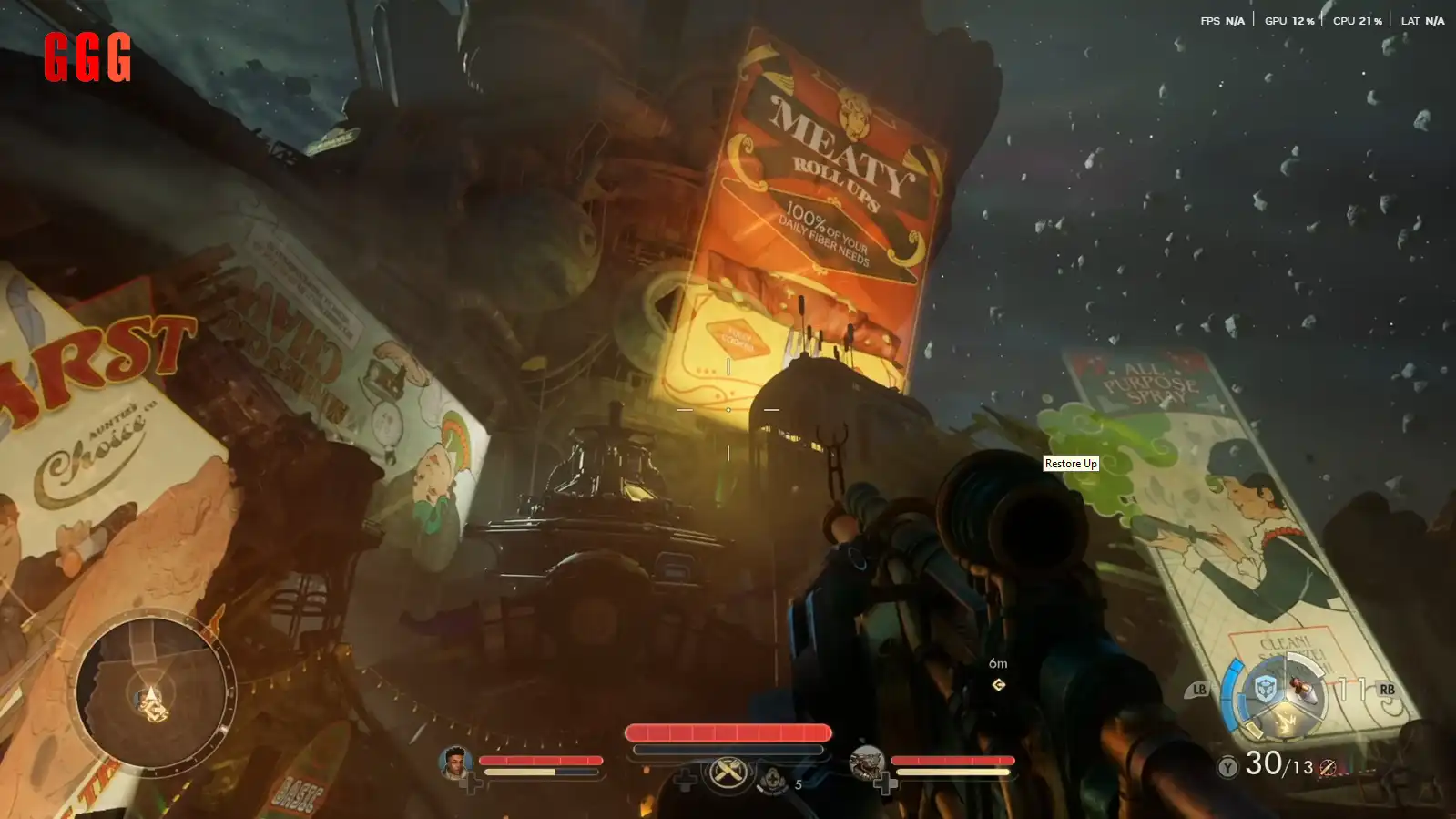
Though not quite a flawless, all-time RPG classic, this title is a notable and welcome step up from its predecessor. Most importantly, new players can jump into this sequel right away; while the tone and pre-existing world can be somewhat disorienting at the start, the game does a superb job of acclimating new players by setting the action in a new sector of the galaxy with new worlds and factions.
Given that The Outer Worlds 2 was announced and shown at events like the Xbox Showcase 2025 and gamescom 2025, explore more details about this epic RPG in our guides.
RPG Mechanics: Progression Refined
Where the franchise is taking its largest strides is in its new core role-playing systems. Obsidian has dropped the antiquated attribute dumping (i.e., Strength or Endurance) and instead focuses on skills and a more fleshed-out Flaw system, which together feel distinctive and rewarding.
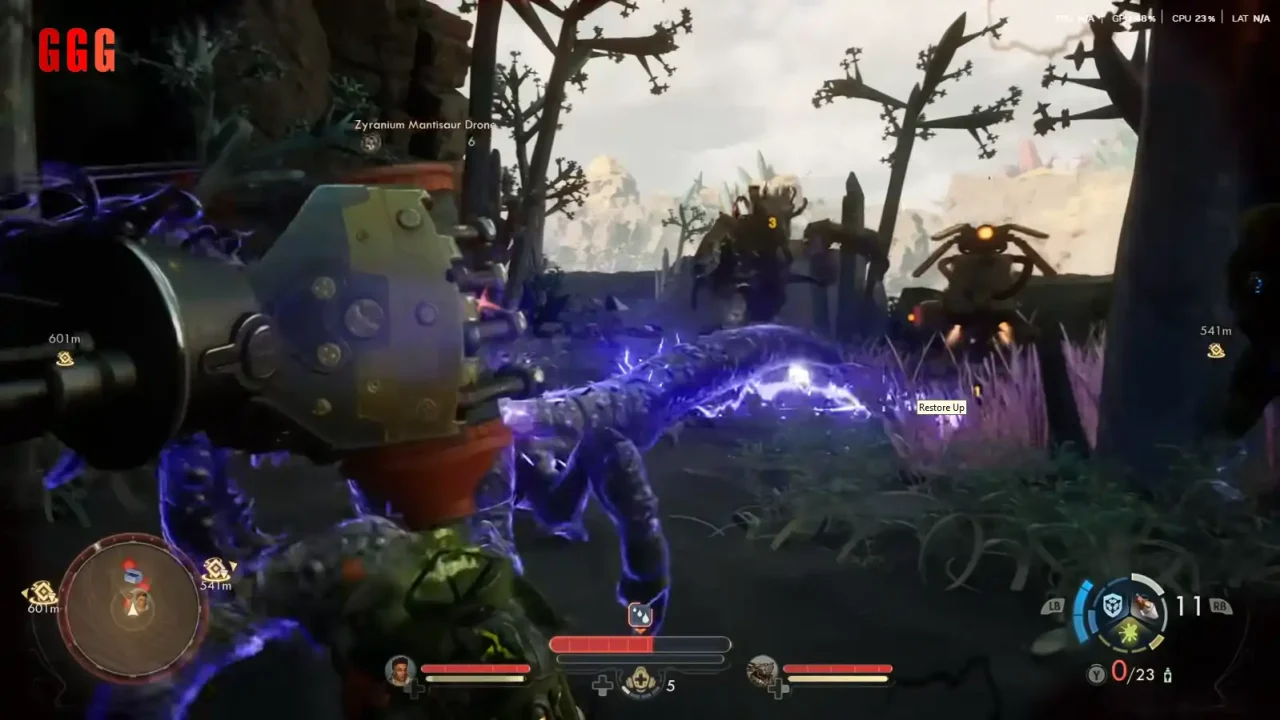
The Satisfying Skill and Perk Structure
Character development is designed to create satisfying synergy between skills and perks.
Skill Investment: Instead of raising base statistics, you spend points on passive skills (e.g., Gun Expertise or Science).
Perk Unlocking: Every two levels grants a Perk Point. Notably, some perks are gated by your skill investment. For instance, a high Science skill will unlock powerful Science-based perks.
Gated Progression: Perks also gate behind having other perks, creating a cleanly interlocked progression tree that rewards focused specialization.
This design results in a fulfilling experience that truly does feel distinct from the usual level-up systems.
Embracing the Flaw System (and the Trade-Off)
The returning Flaw system is more pronounced here. You can select early on initial trade-offs. As you play, the game actively suggests new flaws based on your in-game tendencies.
Choice and Consequence: Flaws always have a trade-off. Picking the "Bad Knees" flaw, for example, might make you faster when crouched but louder.
Custom Builds: The system allows for very specific and strange character builds—you can pile on a ton of flaws to play a "smart idiot" or a "sick confused person."
Tactical Advantage: There is strategic value to be gained in these negative traits, especially if combined with a specific build (i.e. focusing on leadership skills and companion damage rather than direct combat).
Story, World-Building, and Dialogue
The game's strongest feature remains New Vegas-style faction interaction and dialogue. The Outer Worlds 2 is constantly throwing branching conversation trees and moral dilemmas at you.
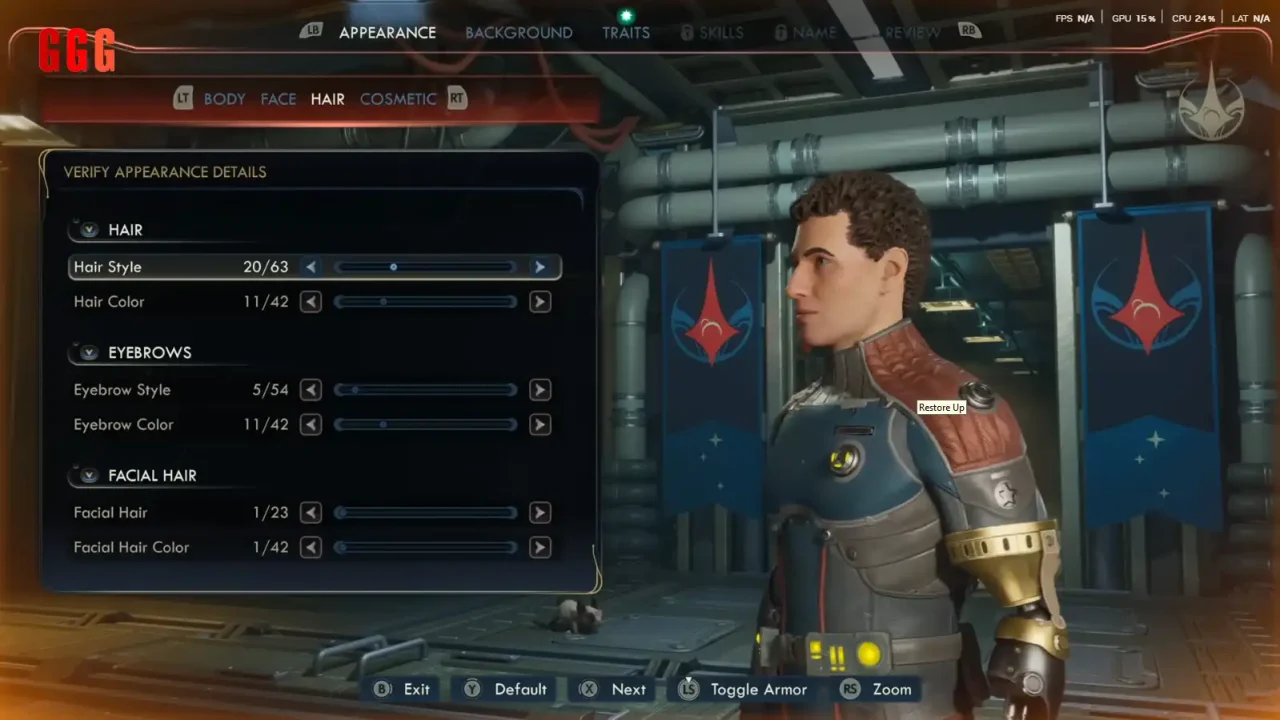
Dialogue Dominance: Dialogue is once more the title's bread and butter. Characters simply cannot wait to dish out massive amounts of dialogue, quests, and subplots. While the sheer amount of content is sometimes overwhelming, the quality of the writing shines through.
Dynamic Decision-Making: The title does an excellent job of organically bringing in your past decisions—such as your initial background choice (e.g., Gambler)—into current dialogue choices, causing your backstory to always remain relevant and not just "shoehorned" into the text.
Skills in Conversation: Investing points in skills such as Speech, Observation, or Science translates to tangible utility in dialogue, allowing you to talk your way out of aggressive encounters or unlock unique options that reward specialized character builds.
Combat and Companion Evolution
Combat in The Outer Worlds 2 review is tighter and more enjoyable than the first. The gunplay feedback is better, and the looting is more satisfying.
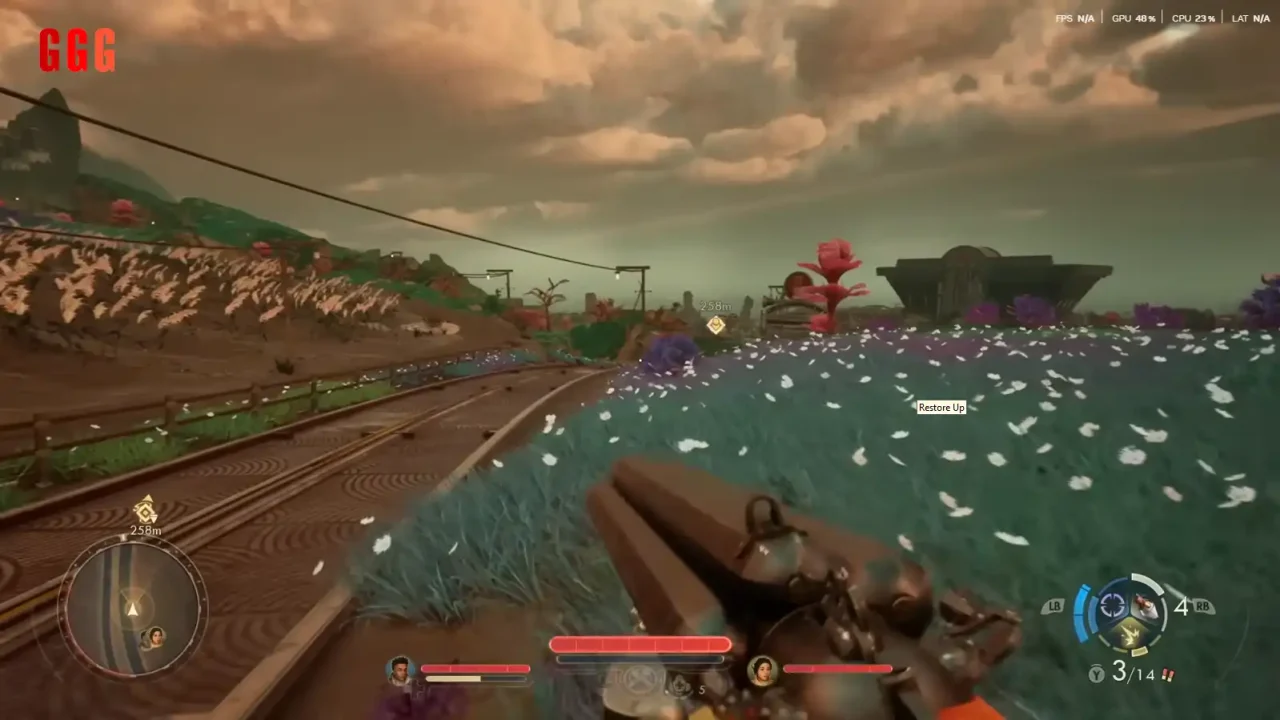
Improved First-Person Action: Guns now actually feel really fun to shoot, supported by good feedback and strong sound effects.
Meaningful Loot: The steady stream of loot is justified by a robust Weapon and Armor Mod System. It's simple for players to add scopes or special ammunition to weapons, or additional resistances to armor, with found, bought, or crafted mods.
Companion Utility: Companions, though occasionally still plagued by wonky AI, are very useful. They possess distinct individual quests and can be commanded to use special abilities in real time. The companion management screen allows for easy swapping of weapon properties and armor protection priorities.
Third-Person Note: Although the option exists, third-person camera control is still less than perfect, with the camera frequently feeling clumsy or simply a little off.
The number and caliber of the choices—including the potential for outright villainy or sabotage—are such that the game is designed to roll with screw-ups and bad player choices, and the exploration of its numerous outposts, towns, and labs is engrossing. The Outer Worlds 2 is a sequel that succeeds, retaining its satirical bite while being a more refined, tougher, and more rewarding RPG.

